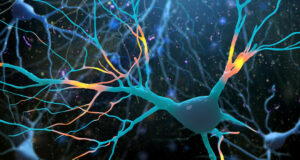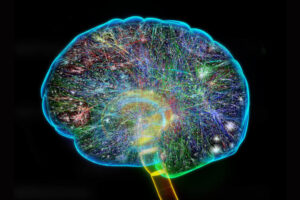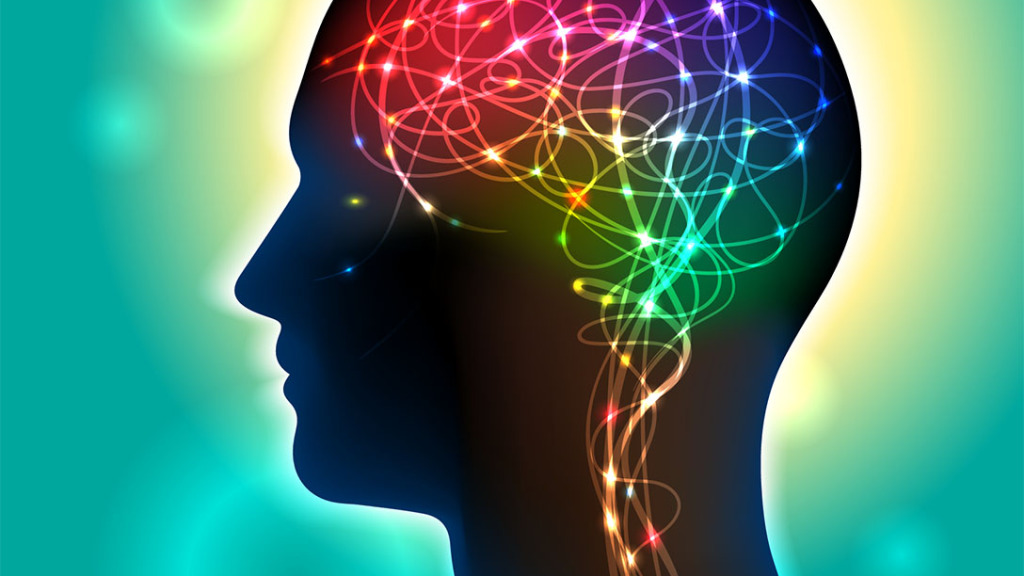I recently came across a news article about people who chose to drastically change large areas of their lives, which included changing their internal narrative and concept of ‘self’ entirely. My interest was piqued and led me to investigate the science behind this concept — the ability to rewire the brain.
What is neuroplasticity?
The discovery of neuroplasticity is a relatively newly accepted one, only becoming appreciated and understood in the last 20 years. Science previously believed the brain to be ‘hardwired’ to function in predetermined ways. However, we now know it is ‘softwired’ by experience. It turns out that we are changing all the time and that our brains are like flexible plastic and can be rewired.
Neuroplasticity is the ‘muscle building’ part of the brain. Dr. John B. Arden, author of “Rewire Your Brain,” summarises the principles of neuroplasticity with the phrases “Use it or lose it” and “Cells that fire together wire together.” He explains that our brains reorganise when we have new experiences, and the connections the brain makes when performing a skill are strengthened with use.
Conversely, if the skill lies dormant, the connections are weakened, just as any muscles in the body will weaken without exercise. The more repetition we engage in, the more neurons will fire together, strengthening and increasing in power until it becomes automatic to us. This means that we become what we think and do.
We are the engineers
 When we find a bad connection when engineering, we understand that we must re-route our signal and find another way. In life, when we see an inner “connection” in us that we deem to be undesirable, we must engineer ourselves.
When we find a bad connection when engineering, we understand that we must re-route our signal and find another way. In life, when we see an inner “connection” in us that we deem to be undesirable, we must engineer ourselves.
In the initial news article that piqued my interest, not all of the subjects were able to undertake such drastic rewiring in themselves. While some successfully overhauled and maintained all areas of their lives and “selves” completely, some were unwilling or unable to believe anything other than their familiar inner narrative about who they were and their capabilities. This duality of neuroplasticity is outlined as “The plastic paradox” in Mike Sheerin’s documentary “The brain that changes itself”:
“The same plasticity that allows us to change our brains and produce more flexible behaviours is also the source of many of our most rigid ones. All people start with plastic potential. Some of us as we grow and develop, enhance that flexibility. For others, the spontaneity, creativity, and unpredictability of childhood give way to a routinized existence that repeats the same behaviour and turns us into rigid caricatures of ourselves. Anything that involves unvaried repetition; our careers, cultural activities, skills repeated, and neuroses can lead to rigidity.”
The connections we engineer
For those wishing to roll up their metaphorical sleeves and embark on some mental cable coiling and re-routing, the good news is our behaviour is not rigidly determined. The brain forms connections and pathways – major pathways are like highways that are frequently used, but we can also take the dormant backroads and over time and use, build them up to be the new highways.
Through stimulation and exercise, we can change the brain at a physiological level. Arden explains that we can even turn genes on or off with our behaviour and can rewire the parts of the brain that are out of balance with the others.
Musicians have been studied at length to understand neural connections associated with skilled repetition. Arden outlines research that has found not only behaviour (in this case instrumental practice) changes the structure of the brain through neuroplasticity, but just thinking about or imagining particular behaviours can change brain structure as well, meaning that mental practice contributes to the rewiring of the brain.
“Neurons communicate something new. The brain would not be able to record anything new if it were hardwired. Remembering something new is, therefore, rewiring the brain. By making connections between ideas or images, you also make connections between the neurons that encode those ideas and images. “
What this means
 When we repeat an action, a thought, or emotion, we reinforce a neural pathway. We, as engineers then must take care with what is going into our input, that is, what ideas and images we are allowing into our brains that will make subsequent connections.
When we repeat an action, a thought, or emotion, we reinforce a neural pathway. We, as engineers then must take care with what is going into our input, that is, what ideas and images we are allowing into our brains that will make subsequent connections.
The discovery of “mirror neurons” has been an interesting one, and Professor Ramachandran has been an advocate of their importance. He explains mirror neurons are motor command neurons that fire and orchestrate a sequence of muscle twitches to allow a physical action such as pulling a lever. A subset of these neurons also fire when watching another person do precisely the same action – the neurons are performing a virtual reality simulation of the brain.
Ramachandran goes onto explain that when we feel pain, cells respond in the anterior cingulate area of the brain. Again, when we watch someone in pain, a subset of anterior cingulate neurons will also fire. This has led Ramachandran to believe the mirror neurons are involved in the basis of all empathy. The broader implication of this means that our brains take on and feel that which is around us, and what we “feed” into it.
We are changing all the time with everything we think and experience. Knowing that plasticity is an inherent part of the brain, we need to learn enough so we can guide the changes, keep our input signals clean, and be content with our own ability to wire and rewire ourselves.
